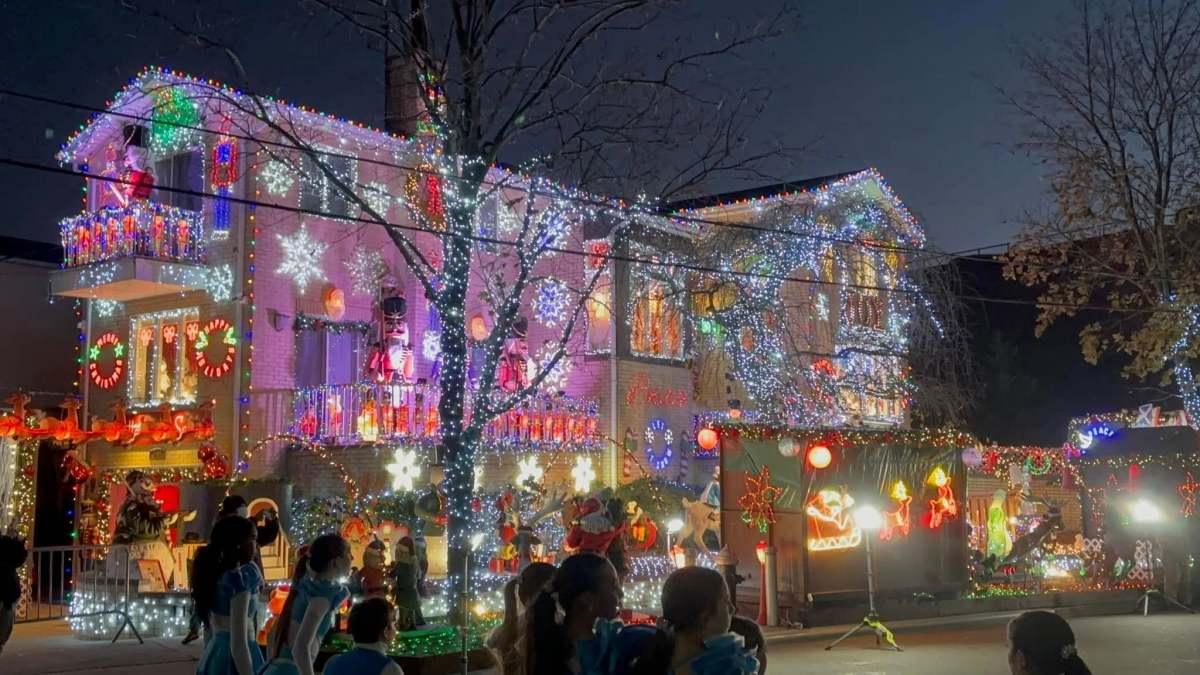Under Lower Manhattan’s narrow streets and between its skyscrapers there’s not much room for parks. The East and Hudson River waterfronts are the best and really the only opportunities to build great open spaces Downtown so we applaud the governor and mayor’s recent pledge to spend $220 million on the waterfronts.
The money will come out of the Lower Manhattan Development Corporation’s remaining federal Community Development Block Grants and will do what the money was supposed to do: help Downtown recover from the economic devastation of the Sept. 11 attack.
The East River, which has been neglected more than the Hudson, will get $150 million worth of desperately needed improvements. Mayor Mike Bloomberg unveiled the plans’ details Tuesday and they include marinas, playgrounds, plazas, trees and a wider, better walkway-bikeway.
For the dark area under the F.D.R. Drive, plans include mufflers to cut down on traffic noise, better lighting, and pavilions for retail, cultural and community spaces. Tearing down the ugly elevated drive does have some appeal, but it has been studied several times over the years and could create different problems. A street-level highway is not easy to cross, which is why a tunnel was under consideration on West St.
The East River plan is supposed to take three to five years to complete and where practical and possible, city planners should do all they can to make temporary improvements to the area by removing fences blocking waterfront access.
The one unfulfilled promise of the East River plan is it will not connect with the Hudson River waterfront. For many years, bikers and joggers traveling down the Hudson who wanted to come up the East River, have been forced to make a confusing and sometimes dangerous search for the esplanade. Thankfully, people no longer have to cross F.D.R. traffic to get to the East, but that doesn’t mean the trip to the esplanade is easy to find or inviting.
For the first phase of improvements, Community Board 1 did not want officials to spend $65 million or so on rearranging the streets and tunnel entrance to connect the waterfronts. That was probably wise advice because it would have drastically cut the improvements that will be made along the river. Amanda Burden, City Planning chairperson, has been one of the great champions of building a continuous bike and jogging path around Manhattan and we count on her to lead the fight for the federal transportation funds needed to connect West to East. This should not be pushed to the back burner.
To the West, the $70 million for the Tribeca section of the Hudson River Park will expand and improve what is already on Piers 25 and 26 — play areas, a boathouse and a marine life study area. Pier 25 will be rebuilt back to his original size of 1,000 feet providing better views of the water. We’ll be sorry to see the piers close for three years sometime after this summer season but can’t wait for the reopening.
One of the greatest successes Downtown after 9/11 has been the rapidly expanding residential population and the waterfront park improvements will help ensure all these new residents receive the type of amenities that keep neighborhoods healthy, and growing.
WWW Downtown Express


































